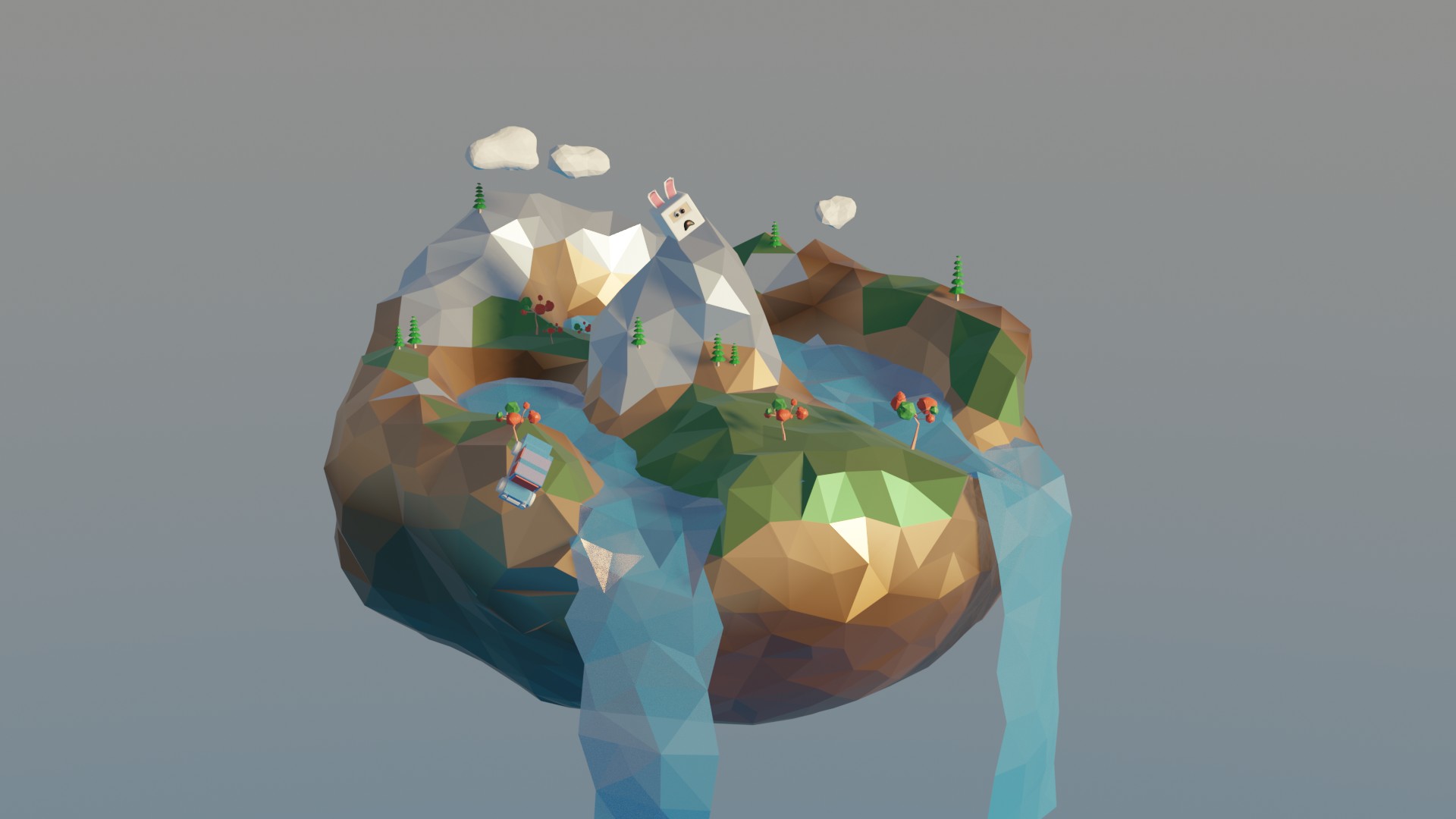
Download Course Brochure
Course Objective
One of the most powerful and accessible 3D software available, Blender is an open source software that users can use unlimitedly at no cost. Its features include modelling, rendering, animation, sculpting, geometry nodes, Python programming, physics simulation, 2D animation, and more. In terms of functionality and performance, it is comparable to the commonly used 3D software in the industry, such as Maya, 3ds Max, Cinema 4D, and so on. Most importantly, from beginners to professional digital artists, Blender
can meet the needs of its wide spectrum of users without the inhibitions imposed by cost and licensing issues.
Programme Highlights
The course will start from the basics and guide students through learning and using Blender for building models, mapping, lighting, setting camera angles, rendering and basic animation. In addition, we will introduce and demonstrate some unique features of Blender, such as sculpting, image compositing, geometry nodes, and physics simulation, so that students can gain a deeper understanding of Blender and pursue future learning goals according to their own interests.
Date
11, 14, 18, 21, 25 Apr 2023
Time
19:00 – 22:00
Duration
15 hours (3 hours x 5 lectures)
Venue
HKPC Building, 78 Tat Chee Avenue , Kowloon Tong
Medium
Cantonese
Course Fee – RTTP Approved
HK$4,500 (May apply up to HK$3,000 subsidy)
This course (HKPC/173/2022(RT) ) is an approved Reindustrialisation and Technology Training Programme (RTTP), which offers up to 2/3 course fee reimbursement upon successful applications. For details: https://rttp.vtc.edu.hk.
Group discount will be offered to 2 or more enrolment, please contact us for details.
Award of Certificate
Certificate of Attendance will be issued to participants who have attended 70% or more of the classes.
Course Outline
Session 1: Closed- to Open-source: source: Blender Basics
- System interface 3D Viewport and Navigation,
Workspaces - Hotkeys in Blender
- Closed source to open source 3D file conversion and
standards
- System interface 3D Viewport and Navigation,
Session 2: Case Study: Hard-surface Modelling
- Comparing modeling workflows in performing the following: Knife and Join, Object Modifiers – Mirror and Bevel, Edge Split and Solidify, Lattice And Simple Deform, Subdivisional Surface, Shrinkwrap
Session 3: Case Study: Materials and Shaders
- Comparing materials and shader design workflows in performing the following: Material Assignment, Shader Nodes Usage, UV Mapping Tools
Session 4: Case Study: Lighting Basics in Blender
- Comparing lighting workflows in performing the following: HDRI lighting, Light Design
Session 5: Case Study: Animation Tools in Blender
- Comparing software workflows in performing the following: Object Animation with Armature, Camera and Lighting in Animation, Simple Simulation Effects
*The course consists bring-home assignment, students are encouraged to install Blender software at home in order to complete the work.
Instructor
Mr Andy Yeung
Engaged in art design related industries for many years, Andy has served as art director of many newspapers and advertising companies. He has extensive and in-depth understanding and production experience in related work such as graphic printing design, commercial illustration and online platform content production. In his early years, he wrote column articles for Computer Plaza magazine, mainly introducing art software, hardware and software use. Later, he published a teaching textbook for computer art software for Taiwan Publishing House. In terms of teaching experience, he has served as the head of the art department of many companies, he taught courses related to art printing or software for middle school students and internal employees. He is also a tutor/teaching assistant of short-term training courses in many primary and secondary schools.
Student Testimonial
Ms. Angela Lai
I attended HKPC’s five-day workshop to learn Blender and benefitted greatly from it.
Many thanks to our tutor Stanley for teaching us. I received valuable experience from fellow students coming from different learning and teaching backgrounds.
I teach secondary level Visual Arts and I think Blender resembles Canvas. Both invite us to learn the wonders of 3D spaces using digital methods. I learnt how to sculpt characters, perform UV unwrapping on faces and apply textures.
From simply sticking stickers onto my own airplane model, to experimenting with set animation settings, my imagination was allowed to run freely beyond static paintings on paper.
In the future, I plan to enter a short film competition with a blender-made piece. By then, I believe that I will have a more thorough understanding of character modelling.
